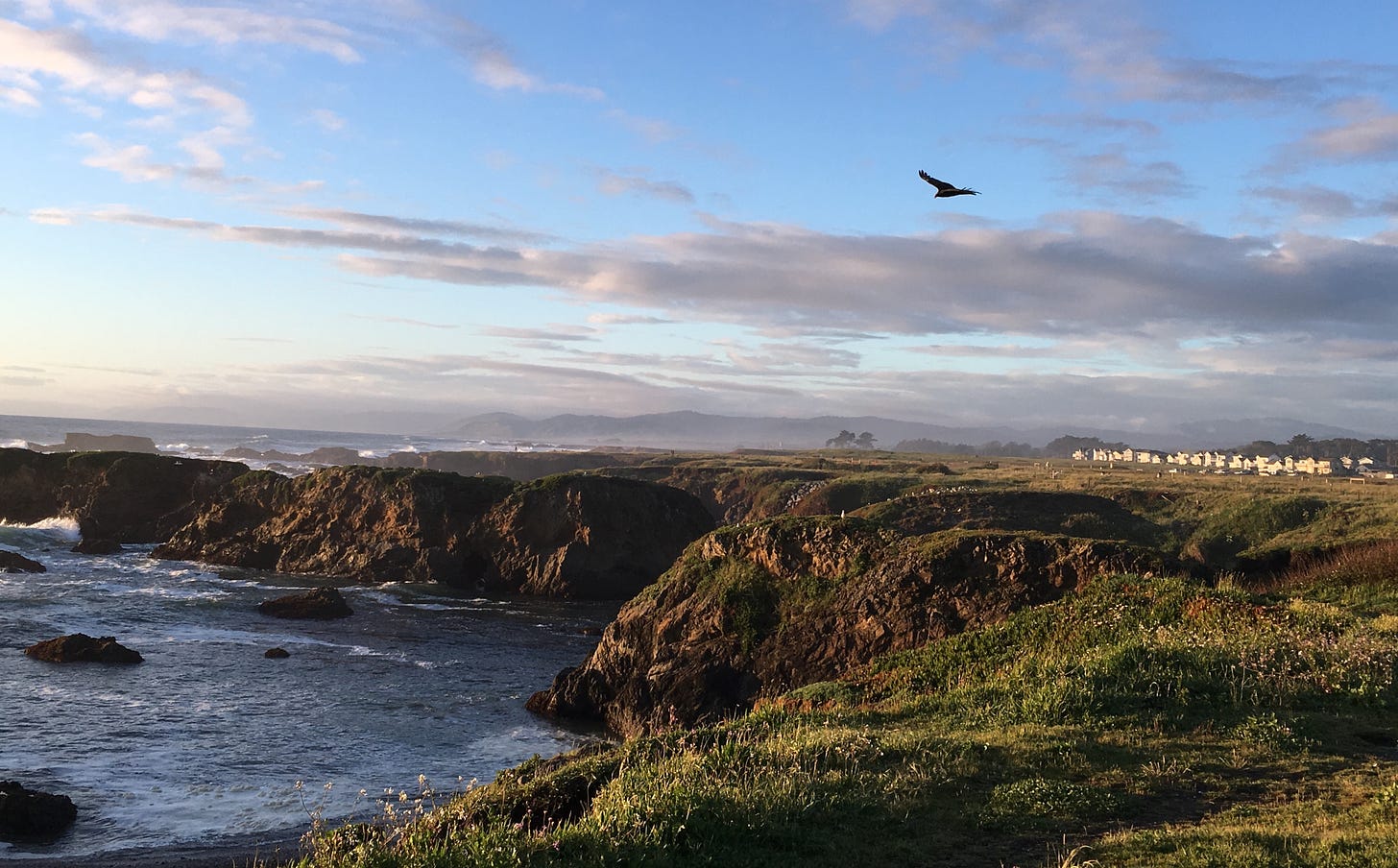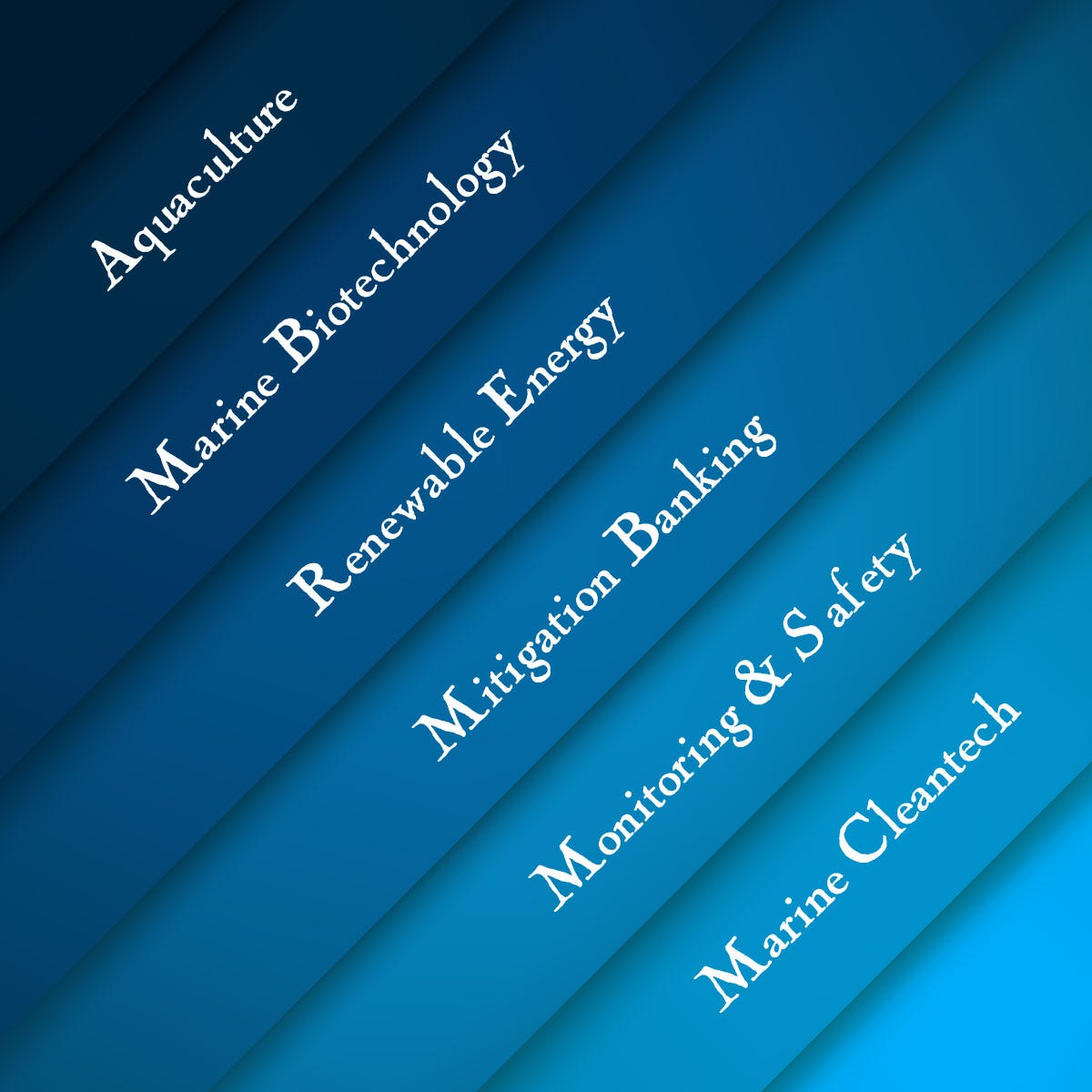The former Georgia Pacific Mill Site
Remaining millponds and toxics need to be cleaned up. The site is still subject to
orders by California's Department of Toxic Substance Control to ensure that toxins from the timber mill former operations are removed and/or mitigated. With the risks from earthquake, sea level rise, Climate Change, and storm surges— mitigation is not the best answer.
In May 2021, after taking steps to secure financing, and insurance to address environmental remediation needs, the City arrived at a verbal understanding with Georgia Pacific that the City would acquire 210 acres on the southern portion of the Mill Site, as well as 62 acres of Pudding Creek watershed. Shortly afterwards Mendocino Railway unexpectedly claimed ownership of the properties and the land was transferred by Georgia Pacific to The Mendocino Railway. Mendocino Railway also abandoned the plans for the 70 acres that they had initially purchased and presented to the city and the public at City Council Meetings. The COVID 19 pandemic Shelter -In Place Orders impacted the whole State of California shutting down “business as usual” everywhere and the Ft. Bragg City Government and staffing were not the only ones impacted. (see https://www.mendocinobeacon.com/2019/06/16/skunk-train-execs-say-mill-site-purchase-finalized/)
The former Georgia Pacific site is not a monopoly game—to put a hotel here and a corporate business there. This is not just a Fort Bragg gem—it is a regional asset. The Fort Bragg City Council, developers, land investors and city residents should not be the only ones to weigh in on what happens with the zoning. We cannot forget that the larger community also has rights, and it is up to local government to protect those rights.
There has been systematic and careful planning with considerable citizen input to rezone the Mill Site. See https://www.city.fortbragg.com/departments/city-manager/former-mill-site-reuse

I have participated in many of these public sessions over the years. The region’s residents have made it clear that this Mill Site is not an open door for anything goes development. Cleaning up the toxics, daylighting the creeks and minimal impact development, and priority for low impact recreation all abiding by the Coastal Act was highlighted. The Local Coastal Program (LCP) was adopted by the Fort Bragg City Council in May 2008 and certified by the California Coastal Commission in August 2008. The Local Coastal Program consists of the Coastal General Plan (Land Use Plan), and the Coastal Land Use and Development Code (Implementation Plan), also known as Title 17 of the Fort Bragg Municipal Code.
Now add Climate Change and sea level rise to this picture. What will be the impacts on waste treatment and water let alone the energy it takes to run these systems?
Why hotels – why not low impact European style hostels?
We need to think outside the box and there are plenty models of low impact footprint projects and even industries that can happen here compared to what it takes to support a mega hotel.
We need to consider keeping most of the site as open space for enjoyment, such as bicycling, wheelchair access, sitting and viewing the ocean along the bluffs. Let’s not forget the and simple pleasure of walking without cars, trains and other noisy activities happening. How many times I have seen families accompanying their friends and other family members in wheelchairs (and not just elders). There is no space to do that as freely as on the coastal trail!
We also need the Mill Site kept as open space along Hwy. 1 for emergency staging areas be it for PG&E emergency operations or Coast Guard Helicopter Rescues. (Coast Guard helicopters are based in McKinleyville).
The former Mill Site can host low impact activities— kite festivals, and other low impact community celebrations. Ft. Bragg’s Bainbridge Park is already being overtaxed and we are trying to shoe in projects that are squeezing in too much for such a small area.
The City of Fort Bragg, the Noyo Harbor District, the Sherwood Valley Band of Pomo Indians, Mendocino College, the Noyo Center for Marine Science, and West Business Development Center — have already partnered to look at and consider development centered on the vibrant marine life and restoration needs in Fort Bragg. Conservation and commercial aquaculture were discussed, ranging from kelp to oysters to purple urchins as well as a need for commercial fishing apprenticeship program. There has been a long-standing call for Mendocino College to be become a residential college for students and faculty. An area of the Mill site can be a center for state-of-the-art energy and water efficient student and faculty housing, for woodworkers and visiting researchers, climate and ocean studies. These bring in well-paying permanent jobs.
We need to keep in mind what happens on the Mills Site is under the Coastal Act.
The Coastal Commission plans and regulates the use of land and water in the coastal zone. Development activities, which are broadly defined by the Coastal Act to include (among others) construction of buildings, divisions of land, and activities that change the intensity of use of land or public access to coastal waters, require a coastal permit from either the Coastal Commission or the local government.
The California Commission mission is to protect and enhance California’s coast and ocean for present and future generations. It does so through careful planning and regulation of environmentally sustainable development, rigorous use of science, strong public participation, education, and effective intergovernmental coordination. See
I wish we did not need a Coastal Commission to help do the right thing— and I wish that this all would be ingrained in everyday policy, business as usual and in everyone’s mind-set.
The Mill Site must meet the needs and character of the community and enhance and not compete with the downtown historic business and arts district.



